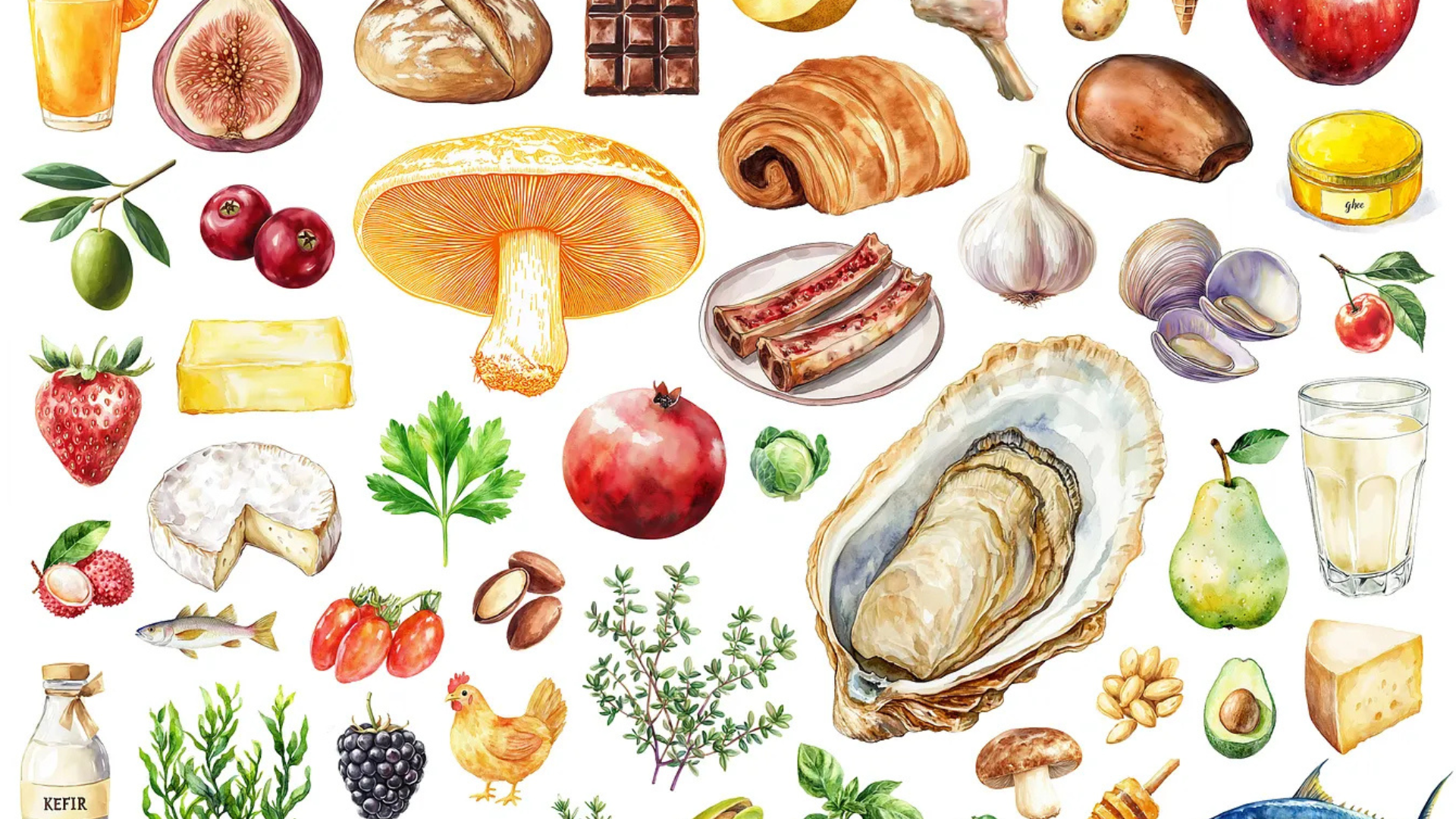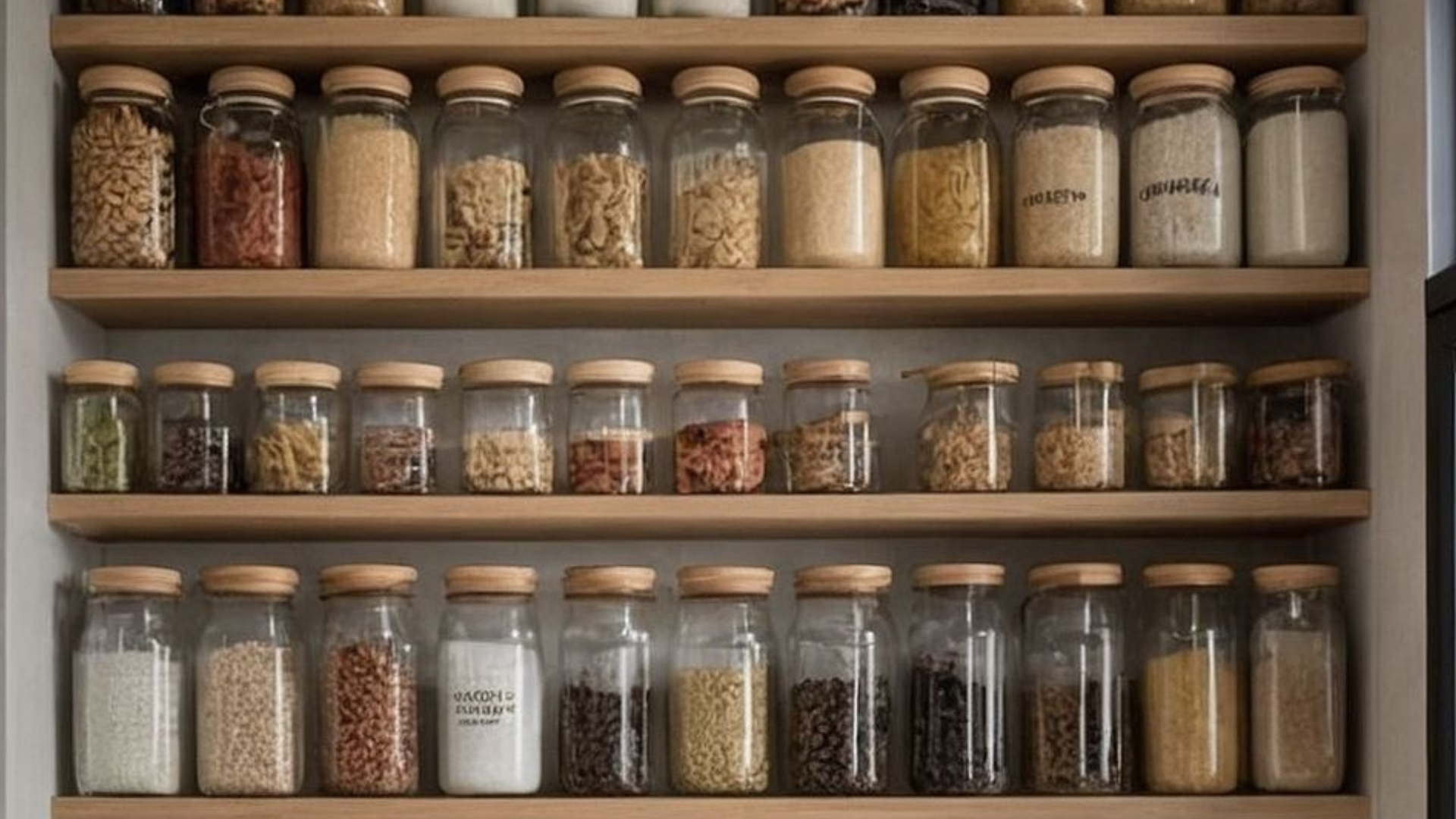
We've glorified speed in such a way that it has taken many of the pleasures away that slowness brings. From fast food to fast fashion, it's spilling over into making us live fast lives, always in a rush and onto the next thing before we've even finished what we are doing. With this way of living, slowness has quietly become a luxury. And nowhere is that more easy to adopt than at the table.
Mindful eating isn’t new. It’s ancient, intuitive, and part of what makes us human. But in our modern, overstimulated reality, we’ve lost touch with it. The hurried lunch between Zoom calls, the distracted dinners in front of screens, eating has become a background activity.
We believe in returning to our heritage and that food is more than fuel, it’s ritual, memory, and pleasure. The leisurely coffee in the morning, stepping away from our desks at lunch or a slow, dinner with friends filled with conversation and enjoying every bite.
Mindful eating is not a trend. It’s a return. A return to the table, to the senses, and to yourself.

A Ritual, Not a Routine
This way of eating begins before the first bite. It starts with awareness, of what we’re eating, how we’re eating, and why. It’s the practice of being fully present while we eat, tuning into the textures and flavors. Taking the time to fully chew each bite, because we've reduced this key step in digestion.
It’s not about rules or restriction. It’s about an intention to nourish and to enjoy. It’s choosing stillness over scroll, curiosity over calorie counting. It’s pausing long enough to ask ourselves, how does this taste? How does it make me feel? Do I want more, or have I had enough?
Think of it as a form of reverence. Not just for the food itself, but for the hands that prepared it, the place it came from, and the moment you’ve carved out to enjoy it.
It’s choosing a dish that you love and taking the time to enjoy preparing it. Pouring icy cold sparkling water into a glass that feels good in your hand. It's using a linen napkin instead of a piece of kitchen roll.
Because the luxury isn’t only in what’s on our plate, it’s in how we receive it.

The Sensory Reset
When you eat mindfully, everything shifts. Your digestion improves. Your relationship with food becomes gentler, more intuitive. You start to notice fullness before discomfort. You begin to crave nourishment over stimulation.
But it’s not just physical. Mindful eating offers psychological clarity, too. When food stops being a reaction to stress, boredom, or busyness, it becomes what it was always meant to be: a source of pleasure, connection, and care.
To eat mindfully is to engage your senses fully:
- Sight - We notice the colors, the plating, the textures. Visual appreciation is part of satiety.
- Smell - We get to inhale deeply before we taste. Aromas prep the palate and activate digestion.
- Taste - We take the time to let the flavors unfold. Is it salty? Acidic? Unexpected? Let each bite linger.
- Sound - We can enjoy the crisp bite of a radish. The comforting quiet simmer of a stovetop sauce. The ambient rhythm of mealtime has its own kind of music.
- Touch - We get to fully appreciate the weight of the cutlery, the warmth of a bowl, the way the fresh bread pulls apart, these tactile details matter more than we realise.
The Act of the Meal
There is something sacred in setting the table, even if you’re dining solo. A linen napkin. A real plate. A moment of pause before the first bite.
Here are a few ways to bring more intention to your meals:
- Clear the space – both physical and mental. Put your phone away. Close your laptop. Let this be the only thing you’re doing.
- Engage your senses – notice the aroma, the colour, the presentation. Eat slowly enough to actually taste.
- Listen to your body – allow hunger and fullness to guide your portions and pace.
- Express gratitude – whether silently or aloud. For the ingredients, your hands that prepared them, the body you’re nourishing.
The act of eating becomes less about consumption and more about communion not just with food but with the present and with yourself or the whoever you are sharing a meal with.
Studies link mindful eating with better digestion, reduced stress, and a healthier relationship with food. But the deeper benefit is emotional. When we give ourselves permission to slow down, we cultivate clarity, calm, and contentment, both on and off the plate.
We begin to understand hunger beyond the physical. We begin to notice when we’re eating to nourish ourselves versus eating to numb something. And with that awareness comes choice, a freedom that is both gentle and empowering.

Designing a Mindful Pantry
Mindful eating doesn’t mean perfection. It means keeping whole food ingredients that nourish and excite you. Foods that feel good, not just taste good. Foods that aren't ultra processed, filled with ingredients that you don't know and make you feel tired and heavy.
Curate your pantry like you do your wardrobe: with a mix of essentials and indulgences. With seasonal produce, artisanal staples, and a few unexpected favorites that bring you joy.
A slice of sourdough toast with Irish butter and raw honey. A soft-boiled, free range organic egg dipped in Himalayan salt. A bowl of ripe berries with cold cream. These can all be luxury experiences, if you’re there for them.
Because when we savour the simple, we elevate the everyday.
